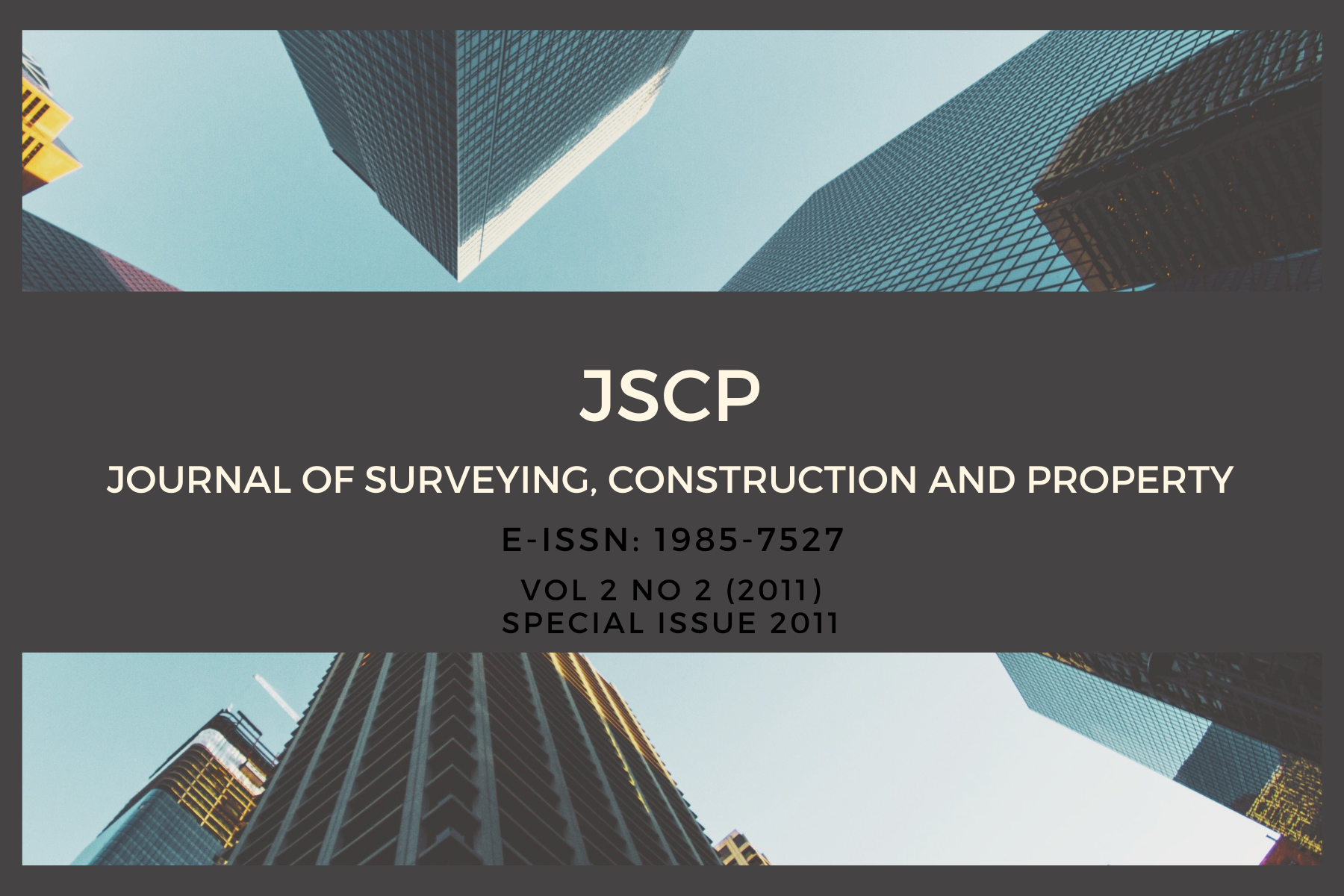Performance Analysis of Reits: Comparison between M-Reits and UK-Reits
Main Article Content
Abstract
Real Estate Investment Trusts or more commonly known as REITs is one of the investment tools that is renowned for the nature of low risk, low volatility, moderate returns, and high liquidity for investors. REITS invest primarily in real properties and tend to receive regular rental incomes from real properties owned and managed by the Trust. In most situations, it may be deemed as a stock by investors. However, the risk borne is lower and has less fluctuations in terms of market price of the stock. Moderate risk takers should consider REITS as one of the investments in their portfolio. REITS started emerging in many countries only recently. Since the successful of the performance of REITs in the United States, numerous countries started planning to enter the REITs regime. The United Kingdom was one of the recent countries to enter into the tax efficient REITs regime. This took place early in the year 2007. At the moment, it ranks fourth in terms of market capitalization based on the Global REITs report 2008. Malaysia, with a long history of Unit Trust Funds with some recently converting to REIT, has yet to achieve the size of UK-REITs. This research is to analyse the performance of six (6) selected REITs in both countries. Nevertheless, prior to the performance analysis, the mechanism as well as the legislation adopted in regulating the respective REITs regime is discussed. In addition, factors which contributed to the variance of performance of REITs are presented and further discussions are made based on the performance analysis done. The findings and analysis showed that the total revenue was the main factor affecting the performance for both the largest M-REITs and UK-REITs. Furthermore, has also demonstrated that for every billion increase in market capitalisation, the profit margins generated by the REITs will raise by approximately 9%.
Keywords: REITs, Performance analysis, M-REITs, UK-REITs
Downloads
Article Details
COPYRIGHT: All rights reserved. No part of this journal may be reproduced, copied, or transmitted in any form or by any means—electronic, mechanical, photocopying, recording, or otherwise without proper written permission from the publisher. Any opinions expressed in the articles are those of the authors and do not necessarily reflect the views of the Universiti Malaya, 50603 Kuala Lumpur, Malaysia.
